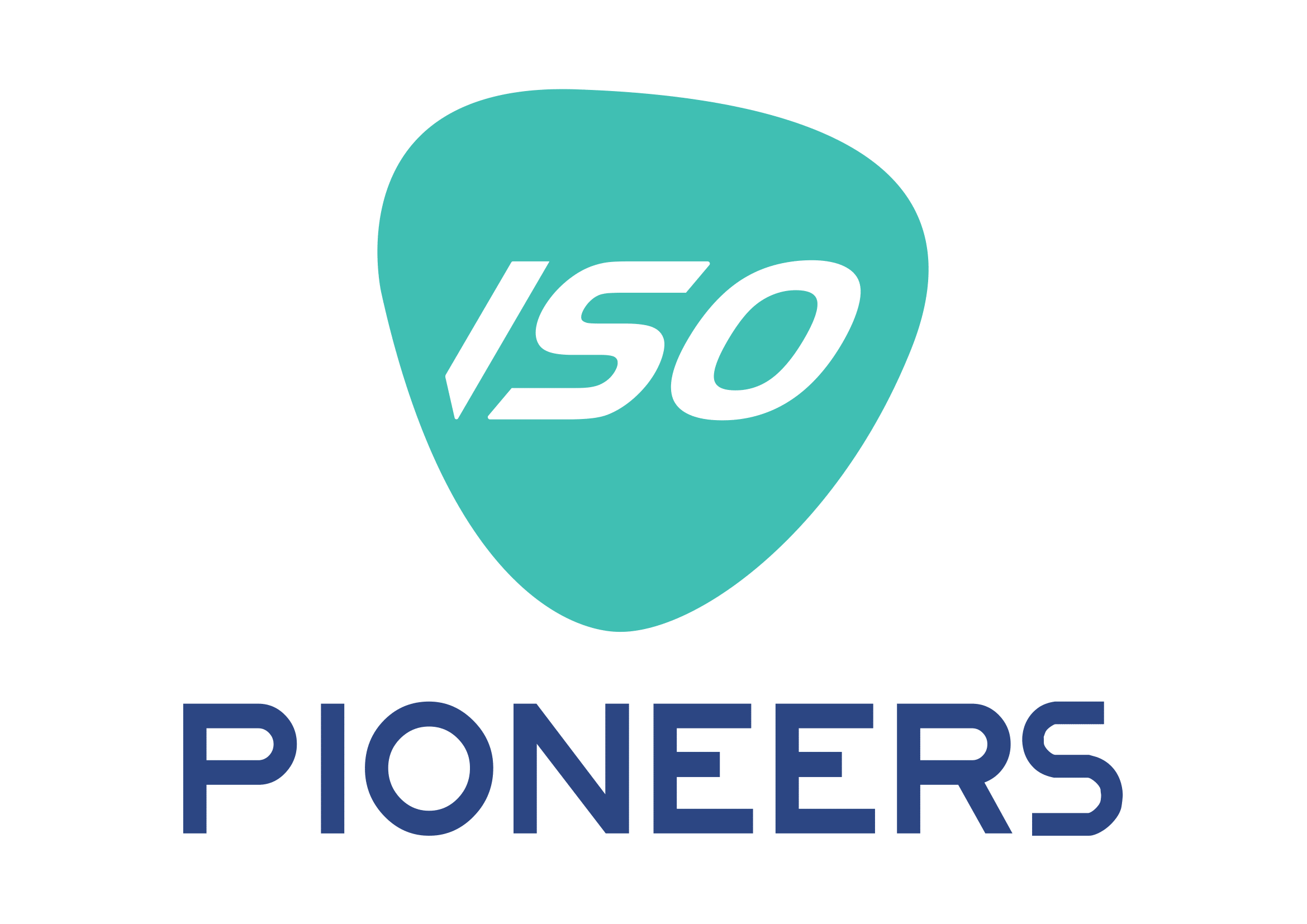A process is simply a series of steps designed to achieve a specific outcome — but the way we describe it can make the difference between clarity and confusion.
Whether you’re working on quality management, operational efficiency, or training new team members, choosing the right format for describing a process is key.
Here are the most common methods, and when to use each:
1. Process Flowchart
A visual representation of the process steps and their sequence.
-
Best for: High-level understanding, quick communication, spotting bottlenecks.
-
Format: Diagrams with symbols like start/end, actions, decisions, and connectors.
2. Standard Operating Procedures (SOPs)
A structured document detailing standardized, step-by-step instructions.
-
Best for: Ensuring consistency, compliance, and quality control.
-
Format: Scope, responsibilities, sequential steps, and references.
3. Work Instructions
Highly detailed guidance for specific tasks within a process.
-
Best for: New staff training, complex or safety-critical tasks.
-
Format: Step-by-step actions, photos, diagrams, technical notes.
4. Process Narrative
A written description explaining the logic and flow of a process.
-
Best for: Manuals, reports, or contexts where visuals aren’t required.
5. Process Mapping (SIPOC, Value Stream Map)
Shows the relationship between Suppliers, Inputs, Process, Outputs, and Customers.
-
Best for: Process improvement projects, Lean Six Sigma initiatives.
6. Checklists & Forms
Simple tools to ensure completion and documentation of each process step.
-
Best for: Field operations, inspections, and repetitive workflows.
Pro Tip:
In ISO 9001 and other management systems, the best approach is often a combination — for example, using a process map for the overview, SOPs for standardization, and work instructions for detailed tasks.
At ISO Pioneers, we’ve developed a complete ISO 9001 documentation set to help you navigate processes with clarity, consistency, and confidence — from high-level flowcharts to detailed work instructions.

